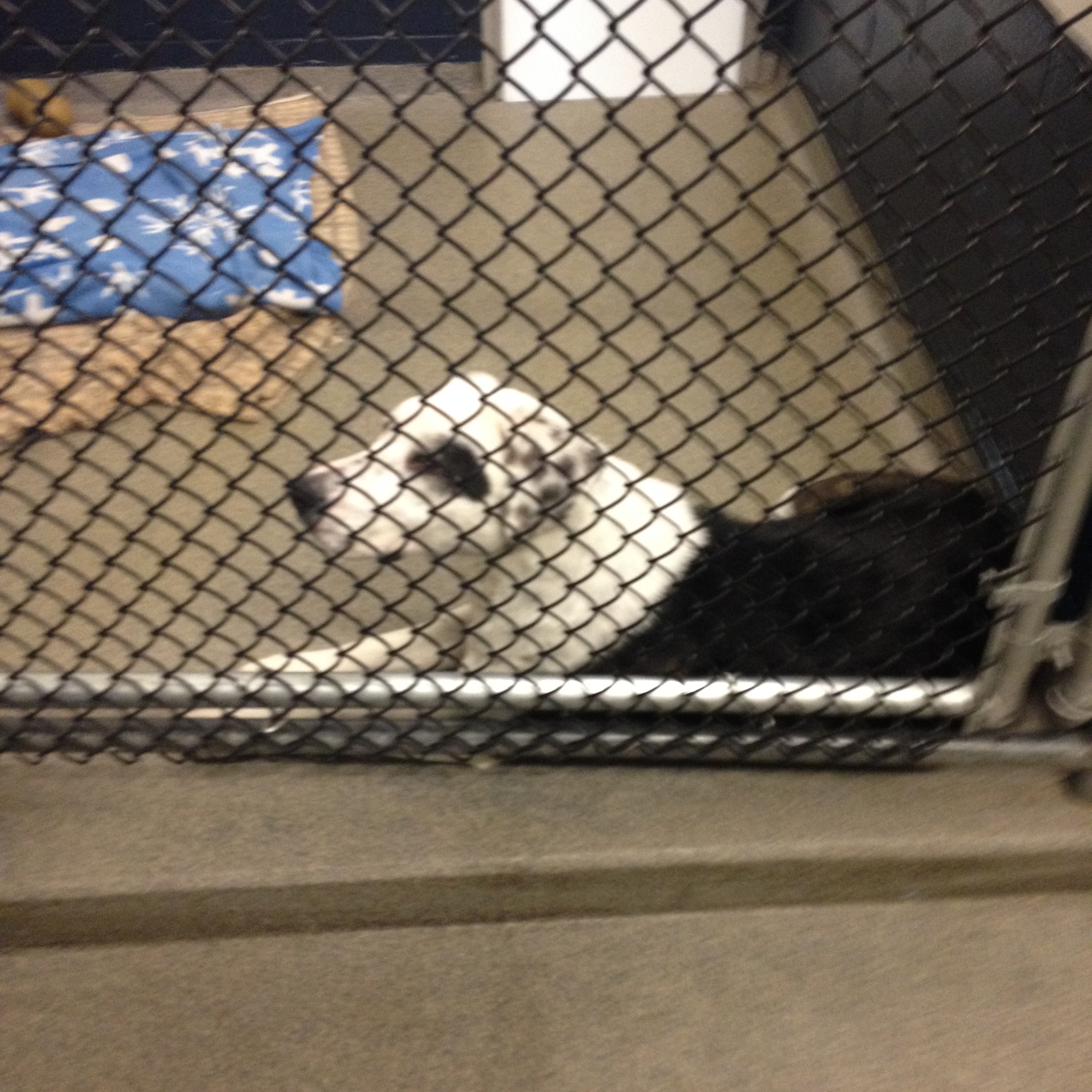Whether your dog comes from being a stray, rescue or a shelter these dogs often struggle with common dog behaviors in a more excessive way than dogs who grew up in homes. This is because they have experienced their fair share of hard times. The longer a dog stays in a shelter environment the more prone they are to developing certain behaviors such as destruction, anxiety and physical manifestations of fear or distress. Below I dive into the most common anxieties of rescue dogs in hopes you can recognize them and help your dog if they apply to you.
Why do rescue dogs have the common anxieties?
Its most likely due to their background, experiencing abandonment, neglect or abuse.

Fear and Anxiety (Stressed)
Panting, Yawning, Growling, Pacing, Barking, Trembling, Licking, Drooling are the most common signs of stress in dogs. Give your dog time to decompress when you first bring them home. Give them a private area to relax. Try to avoid training any behaviors and just focus on keeping them calm and making them feel safe.
Food Aggression
Remember he is not use to sharing food or water with others (human or dog) so I would provide separate bowls and space to start out and then move them closer over time if they get comfortable with each other. In these cases I recommend to feed him in his crate and leave him alone when he is eating. This will help them realize there is no reason to guard his food.

Resource Guarding
This behavior is the dog showing ownership of his things (toys, food, people). This pocession behavior is commonly recognized in rescue dogs as they were forced to share everything in the shelter. The moment he shows any guarding signs remove the catalyst from the situation. They eventually make the connection that if they want the resource they have to share it.
Leg Lifting (Marking)
It’s normal for your dog to want to thoroughly explore his new digs, including sniffing every square inch of your home and property. However, he may be tempted to mark his territory, particularly if he smells another dog. This behavior shouldn’t be confused with being housebroken: dogs that have been trained properly may still mark their turf. Experts suggest eliminating this behavior by spraying the dog with water when you catch him in the act. It won’t hurt him, but most dogs dislike it and will stop mid-mark. The key to success for nearly every behavior-correcting exercise is repetition: eventually your dog will learn that this sort of thing is unacceptable. When your dog marks areas within your home, be sure to use an enzyme cleaner to treat pet stains.
Separation Anxiety
This is one of the most common behavioral issues with rescued dogs. For mild cases you can help them with a regular schedule. Never force a dog into a crate and make sure they find it to be a safe space and not a negative one. For more severe cases I recommend contacting a professional dog trainer who specializes in separation anxiety. This behavior can become harmful to your home and especially your dog.
If your dog is suffering for any of these Common Anxieties mentioned above make sure to reach out to a professional for help. Be your dogs advocate. If you have any questions feel free to contact me.

